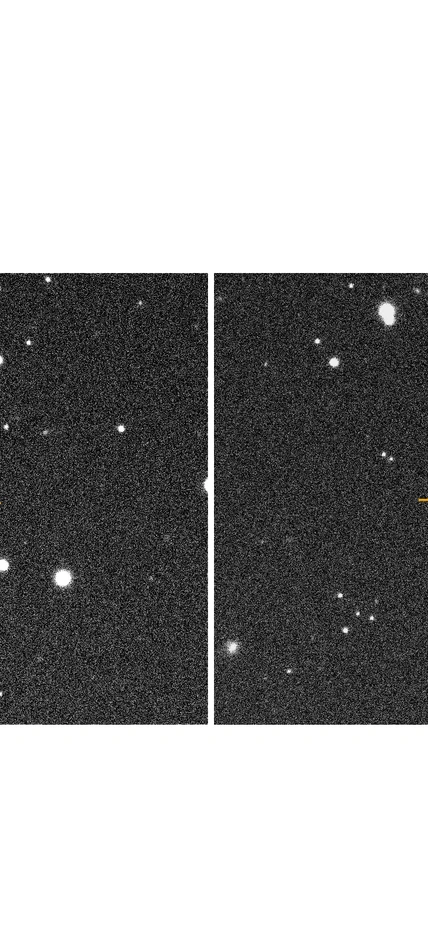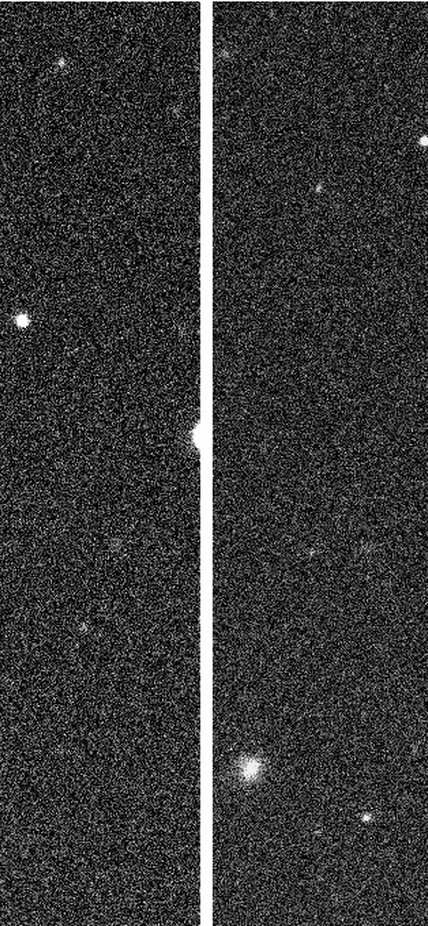Washington, DC—A newly discovered asteroid travels around the Sun in just 128 days—the second-fastest unique asteroid orbit in the Solar System. First observed by Carnegie Science astronomer Scott S. Sheppard on September 27, the asteroid—called 2025 SC79—was found hiding in the Sun’s glare where observing objects is exceedingly difficult.
This newfound asteroid is only the second known object with an orbit inside of Venus. It crosses Mercury’s orbit in its 128-day trip around the Sun. The fastest known asteroid was discovered by Sheppard and his collaborators in 2021. It orbits the Sun in a record-breaking 113 days.
Sheppard specializes in studying Solar System objects including moons, dwarf planets, and asteroids. His discoveries help uncover new details about the forces that shaped our Solar System’s architecture. Additionally, his search for so-called “twilight” asteroids helps identify objects at risk of crashing to Earth.
This work, which is partially funded by NASA, uses the Dark Energy Camera on the National Science Foundation’s Blanco 4-meter telescope to look for “planet killer” asteroids in the glare of the Sun that could pose a danger to Earth.
The NSF’s Gemini telescope and Carnegie Science’s Magellan telescopes were used to confirm the sighting of 2025 SC79.
“The most dangerous asteroids are the most difficult to detect,” Sheppard explained. “Most asteroid research finds these objects in the dark of night, where they are easiest to spot. But asteroids that lurk near the Sun can only be observed during twilight—when the Sun is just about to rise or set. If these ‘twilight’ asteroids approach Earth, they could pose serious impact hazards.”
2025 SC79, which is 700 meters in diameter, is now traveling behind the Sun and will be invisible to telescopes for several months.
Future research of this object will reveal details about its composition—and how it survives the intense heat of its proximity to the Sun—as well as its possible origin.
"Many of the Solar System’s asteroids inhabit one of two belts of space rocks, but perturbations can send objects careening into closer orbits where they can be more challenging to spot,” Sheppard concluded. “Understanding how they arrived at these locations can help us protect our planet and also help us learn more about Solar System history.”

